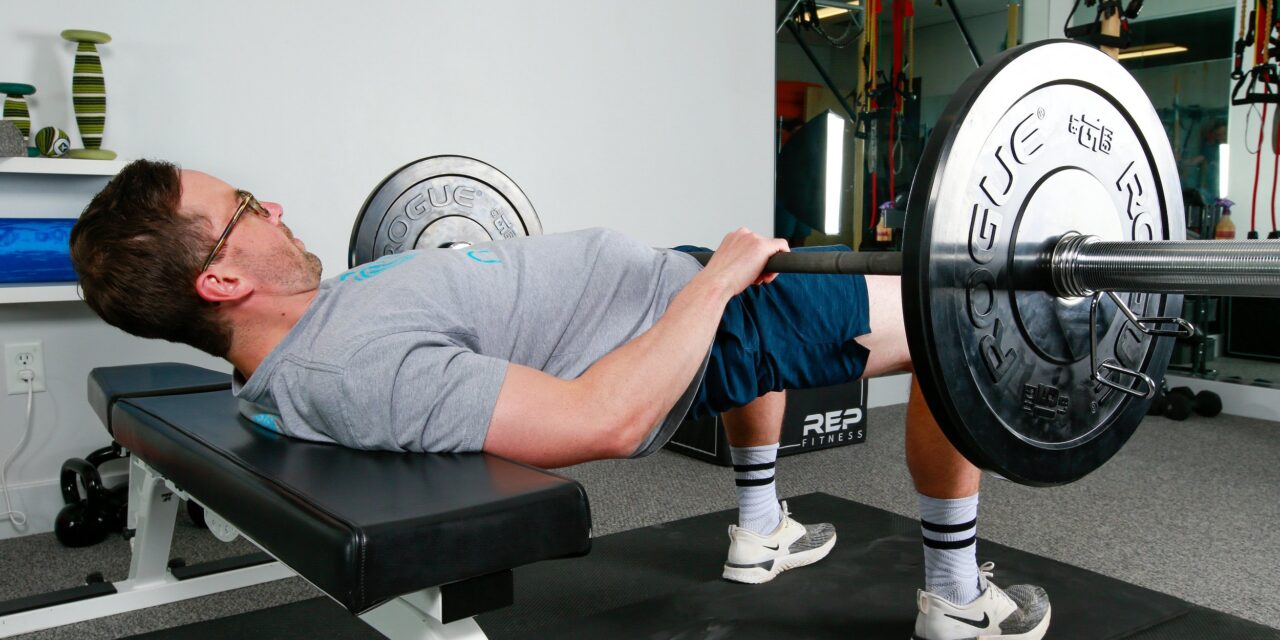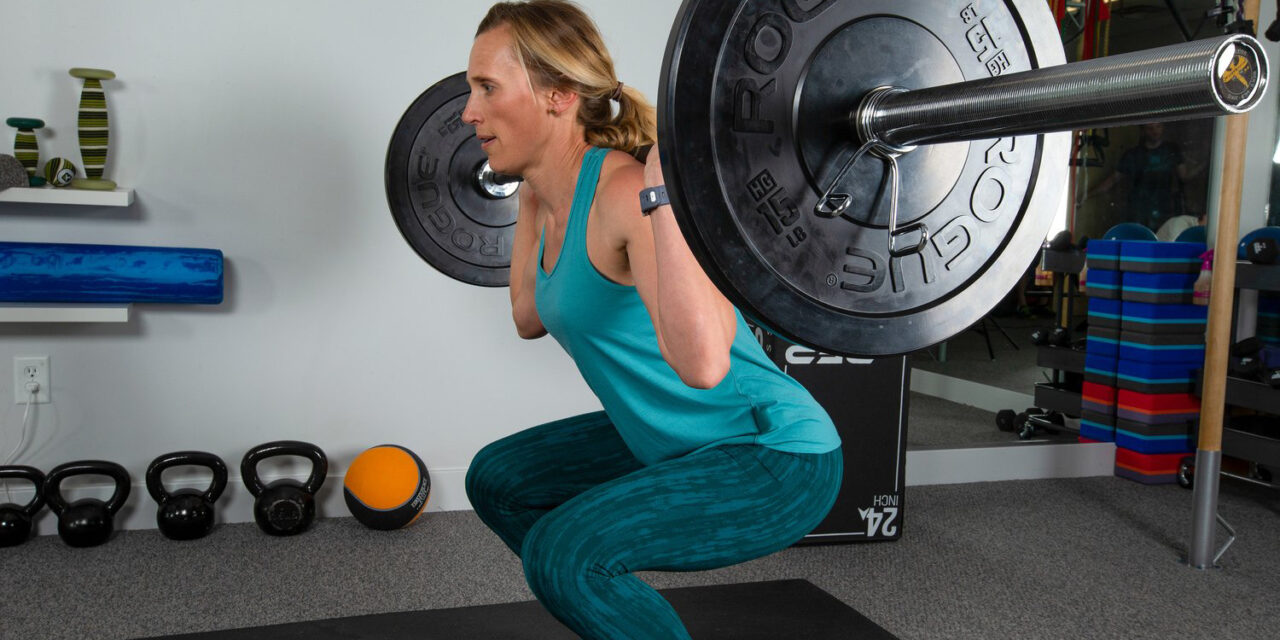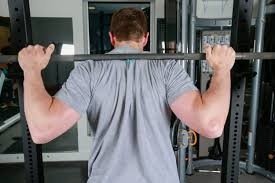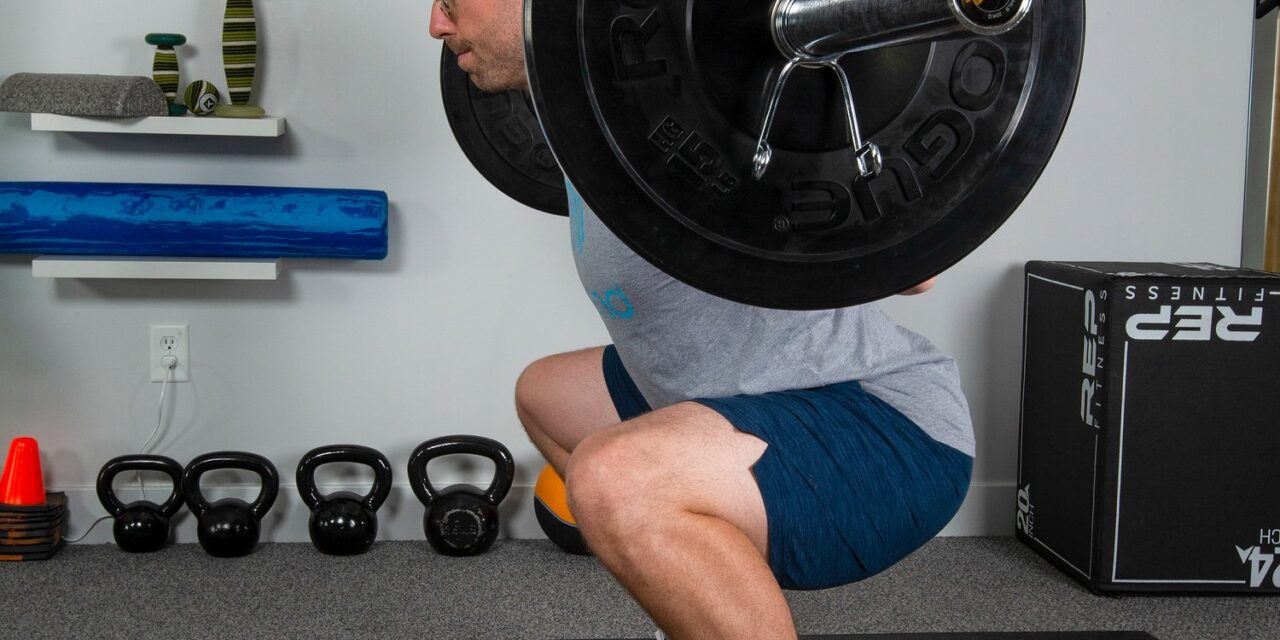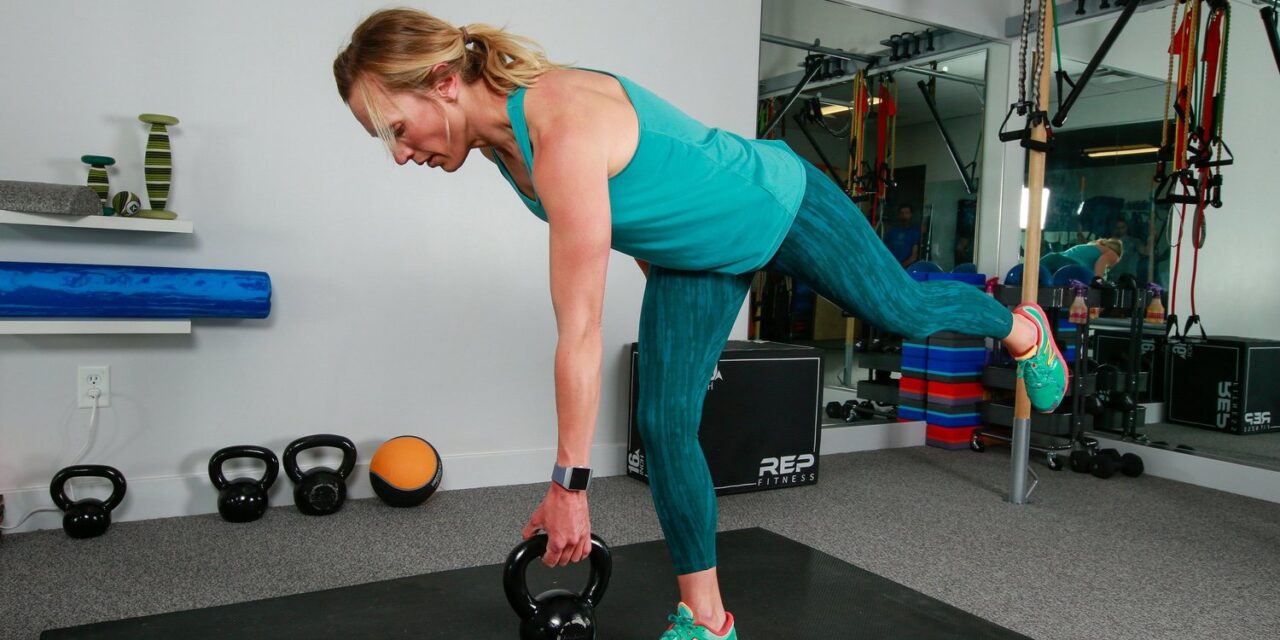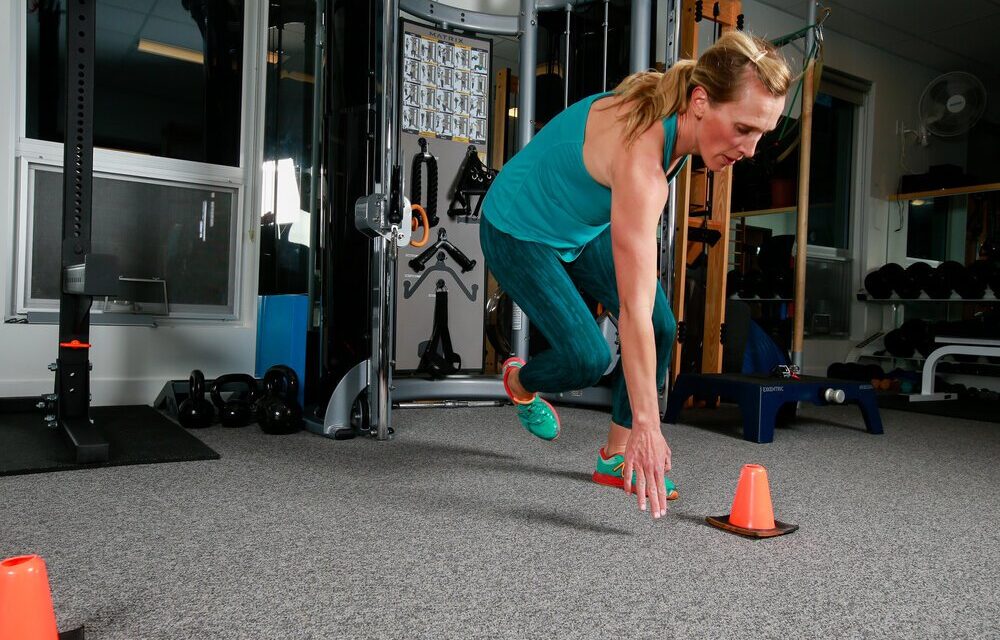Whether you want to increase your back squat, shave some time off your Fran score, or take fewer breaks on your uphill skin, you will need to focus on glute strength. The gluteus maximus is the largest and most powerful muscle in the human body, and is responsible for hip extension, lateral rotation, and abduction...
At our Lafayette Physical Therapy and Boulder Physical Therapy clinics we are continuously working on getting runners back to the sport they love. There is great research available these days for examining the best ways to get athletes back to running. The article “External loading of common training drills: Ranking drills to design progressive return-to-run...
Should I Perform Front Or Back Squats
March 15, 2023
The squat is one of the most commonly prescribed exercises in our Boulder Physical Therapy and Lafayette Physical Therapy practice. With so many variations of this strength training exercise you may be wondering which exercise prescription is best for you. The squat in particular has two primary variations, the front squat and the back squat....
Which Squat Variation Is Best?
January 26, 2023
Squats are an integral part of lower body strength training and Physical Therapy from injury or surgery. At our Boulder Physical Therapy and Lafayette Physical Therapy clinics we also place emphasis on the importance of squats in helping reduce lower extremity injury. This exercise remains one of the foundations of exercise programs because of its’...
In our Boulder Physical Therapy and Lafayette Physical Therapy clinics we are often trying to improve as many impairments as possible with as few home exercises as needed. Everyone’s time is limited each week and allowing for multiple areas, such as pain, strength, endurance, and mobility, to be improved with 2-3 Physical Therapy exercises requires...
What Exercises Should I Perform And When?
January 4, 2023
If you’ve been to physical therapy you may have asked yourself the question, what exercises do I do when to be the most productive with my time and effort? I often find myself having this conversation with patients in our Boulder Physical Therapy and Lafayette Physical Therapy clinics and I wanted to share a framework...
Researchers estimate 1 in 5 adults will drop out of an exercise program. Time remains the most common reason for drop outs, but many participants state lack of improvement. This frustration is understandable given the individual’s commitment of time, energy, and money toward their health and fitness goals. The reasons for lack of improvement are...
At a fundamental level, all forms of exercise are designed to improve the current state of the participant. In our Boulder Physical Therapy practice, we aim to effectively and efficiently prescribe exercise to meet each patient or client’s goals. A key element of any exercise program has to include progressively, increasing demands over time. Flexibility...
The core is a collective group of spinal musculature critical for range of motion of the spine, stabilization of our trunk, and transmission of forces through the body. Given these functions it is not a surprise to see literature supporting Physical Therapy exercise prescription in order to improve sports performance, as well as, low back...
How Do I Start A Plyometric Program?
January 24, 2022
Plyometrics have been utilized in late stage Physical Therapy and strength and conditioning programs for decades. These jumping and bounding movements are initially attributed to the Russian track and field coach Verkhoshanski in the 1960s as shock or jump training. The term plyometrics is attributed to Purdue University track and field coach Fred Wilt in...

